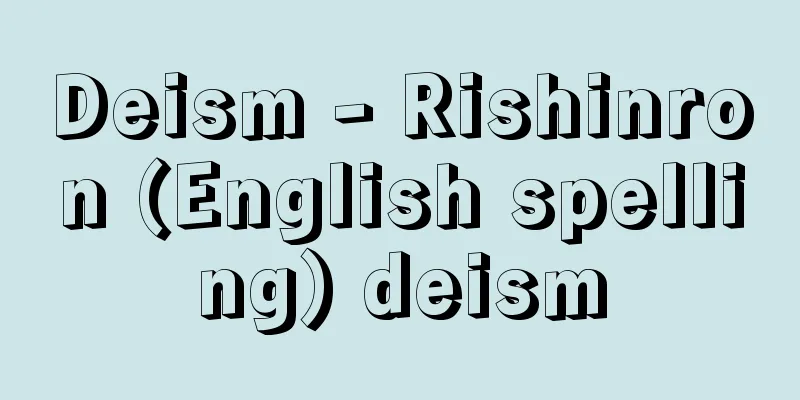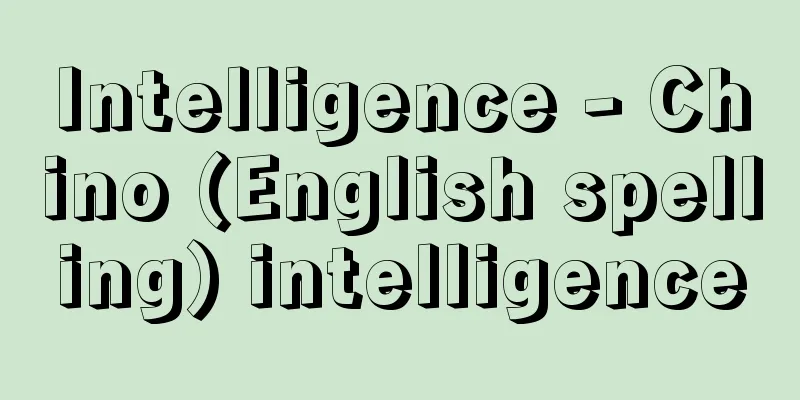Deism - Rishinron (English spelling) deism

|
Deism is derived from the Latin deus (god) and is etymologically the same as theism, which comes from the Greek theos (god), but deism carries the nuance of heresy or paganism. It has ideological similarities with the universal theism of Renaissance humanists and the Socinian school (an anti-trinitarian doctrine that arose in Italy in the late 16th century to the early 17th century). As a philosophical theory, it is not atheistic in that it acknowledges God, but it is different from pantheism and immanence in that it acknowledges God as a transcendent being that exists outside of the world, while also acknowledging God as the creator of the world and its eternal and universal legal order. It is also different from orthodox theism in that it does not acknowledge God as a personal will agent, and believes that the world continues to move automatically after its creation, and therefore does not acknowledge providence, grace, miracles, or revelation that are directly related to human life. Historically, it refers to a rationalistic and naturalistic view of God that developed mainly in England from the late 17th century to the 18th century and spread to France and Germany. In England, Herbert of Cherbourg, the father of deism, summarized the basic doctrines of all religions into five innate articles that must be accepted by the natural reason common to all people. Therefore, revelation and the institutions of individual religions were considered secondary. His disciple Blount popularized this theory. Deists after Locke strengthened their empirical tendency, denied innate ideas, and rejected miracles, prophecies, and mysteries as things that could not withstand scientific verification, and actively attacked them as acts motivated by the lust for power of the monks, and advocated freedom of thought and religious tolerance. Thus, the actual content of religion was reduced to realistic morality as a good citizen, as long as it was consistent with the basic doctrines. Representative figures include John Toland, Anthony Collins, Matthew Tyndall, Thomas Woolston, Thomas Chubb, Thomas Morgan, and John Bollingburgh. In France, it was represented by Voltaire, who was influenced by British Deism, Locke, and Newton, but then, via Rousseau, it rapidly shifted to atheism as an anti-Catholic and anti-absolute monarchy ideology. In Germany, it was represented by Reimarus and Lessing, and, as in France, it was an ideological form of Enlightenment. At the end of the 18th century, with theoretical difficulties, the development of positive science, and the completion of civil society, it completed its historical role and went into decline. [Hidemitsu Koike] [Reference] |Source: Shogakukan Encyclopedia Nipponica About Encyclopedia Nipponica Information | Legend |
|
ラテン語のデウスdeus(神)に由来し、ギリシア語のテオスtheos(神)に由来する有神論theismとは語源的に同じであるが、理神論には異端、異教というニュアンスを伴う。ルネサンスのユマニストの普遍的有神論やソチニ派(16世紀末~17世紀初めのイタリアでおこった反三位(さんみ)一体論の教説)と思想的類縁性をもつ。哲学説としては、神を認める点で無神論ではないが、神を世界とその永遠・普遍の法秩序の創造者としつつも、世界の外にたつ超越的存在者とする点で汎神(はんしん)論や内在論とは区別される。また、人格的な意志発動者としての神を認めず、世界は創造後には自動的に運動し続けると考え、したがって、人間生活に直接関係する摂理や恩寵(おんちょう)、奇跡、啓示も認めない点で、正統的有神論からも区別される。 歴史的には、17世紀後半から18世紀にかけておもにイギリスで展開し、フランス、ドイツに波及した合理主義的、自然主義的な神観をさす。イギリスでは、理神論の父、チャーベリのハーバートが、すべての宗教の基本教義を、万人に共通な自然理性によって承認せざるをえない生得的な五つの箇条に集約した。したがって、啓示や個々の宗教の制度などは二次的なものとされた。その弟子、ブラウントはこの説を普及させた。ロック以後の理神論者は、経験論的傾向を強め、生得観念を否定し、奇跡、預言、秘儀などを科学的実証性に堪ええぬものとして排除し、これらを僧侶(そうりょ)たちの権力欲に発する行為として進んで攻撃し、思想の自由、宗教的寛容を主張した。かくて宗教の実質的内容は、基本教義で合致する限り、現実的な、よき市民たる道徳に還元されていく。代表者としては、ジョン・トーランド、アンソニー・コリンズ、マシュウ・ティンダル、トマス・ウールストン、トマス・チャブ、トマス・モーガン、ジョン・ボリングブルクなどがいる。フランスでは、イギリス理神論やロック、ニュートンの影響を受けたボルテールに代表されるが、その後ルソーを経て反カトリック、反絶対王制のイデオロギーとして無神論へ急速に移行した。ドイツでは、ライマルスやレッシングに代表され、フランスの場合と同じく啓蒙(けいもう)主義の一つの思想的形態である。18世紀末、理論的難点、実証科学の発展、市民社会の完成とともに、その歴史的役割を終えて衰退した。 [小池英光] [参照項目] |出典 小学館 日本大百科全書(ニッポニカ)日本大百科全書(ニッポニカ)について 情報 | 凡例 |
<<: Squirrel - squirrel (English spelling)
>>: Li In-ro (English spelling) (R)I Il-lo
Recommend
Comparative advantage
Why do countries trade? Why does one country expor...
Ichimura Takenojo - Ichimura Takenojo
Kabuki actor and head of the Ichimura-za. The firs...
Exedra (English spelling)
An architectural term. Originally meaning a seat a...
Reserpine
It is an antihypertensive and sedative, a type of...
Flavius Magnus Magnentius
?‐353 Roman usurper emperor. Reigned 350-353. Born...
Tectaria simonsii (English spelling) Tectaria simonsii
…[Shigeyuki Mitsuda]. … *Some of the terminology ...
Shinto Daikyo - Shinto Taikyo
One of the Shinto religious organizations. Before...
Chartreuse - English spelling: chartreuse French
It is France's finest liqueur and is also kno...
Golodnaya step' (English spelling)
...In Kazakh, it means "Shameless Plain"...
Afundov, MF - Afundov
…Born in Sheki (now a city in Azerbaijan), he is ...
Koyagi [town] - Koyagi
This is an old town in Nishisonogi County, coverin...
Extra Uterine Pregnancy
◎ The fertilized egg implants in a location other ...
Bagrationi, V. (English spelling) BagrationiV
…Tiflis (now Tbilisi) had a population of 25,000 ...
Hull-less barley
…The caryopsis of barley (six-rowed barley) and t...
Kiyotake Sekiya
Japan's first seismologist. Born in Ogaki, Gi...









